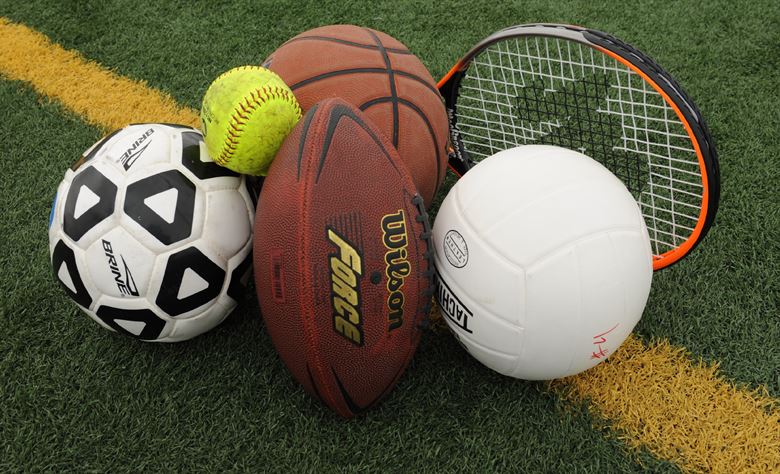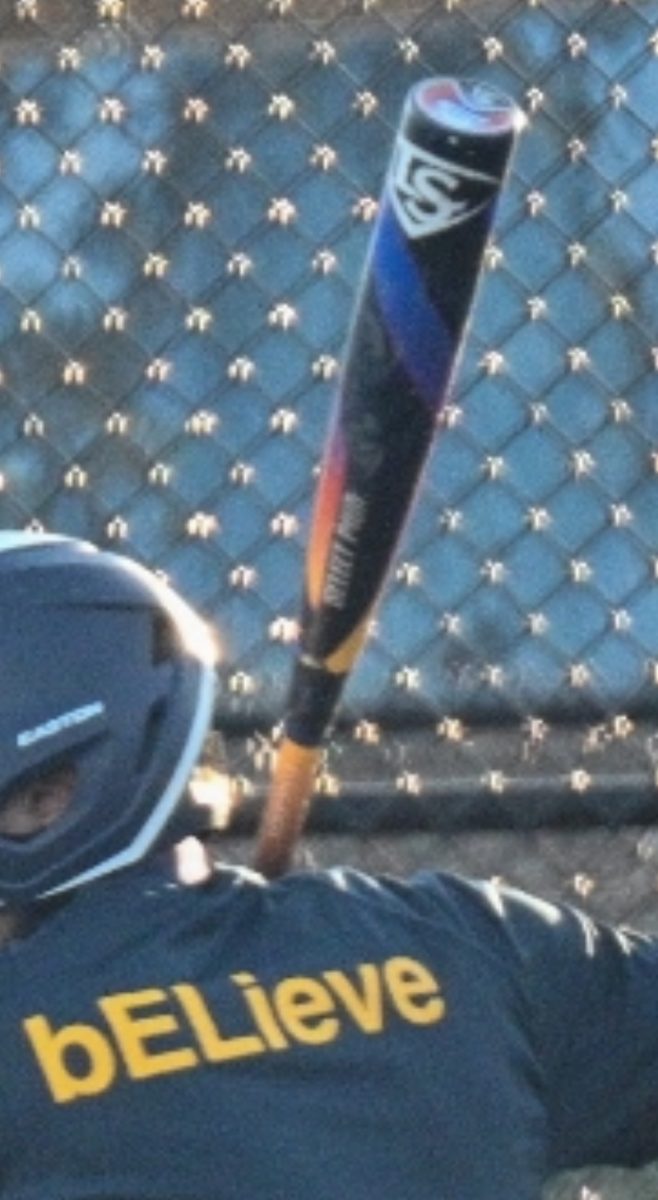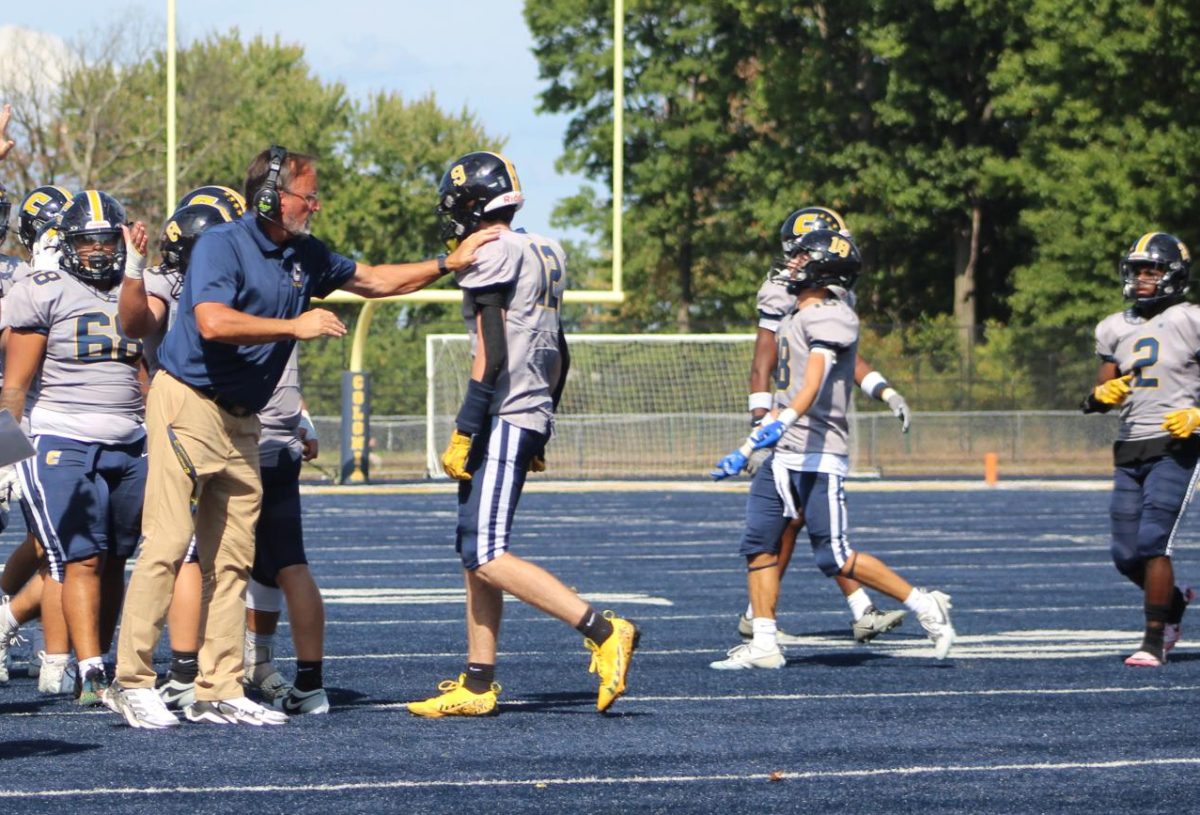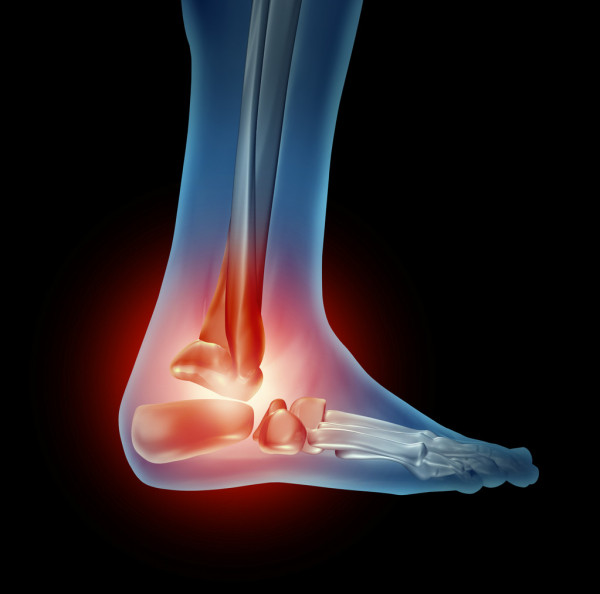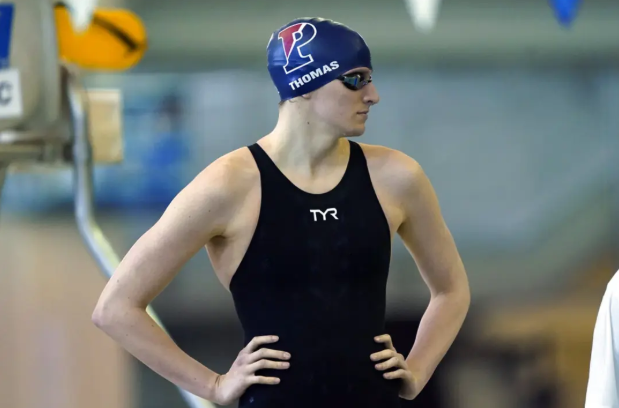With the conclusion of the fall sports season, and the transition into winter sports, high school trainers all over the country are preparing for the new waves of injuries that will arise during the winter season. Many would be surprised to hear that fall sports, including football and volleyball, are among the top dangerous sports regarding injuries.
After an extended period of time from the beginning of August until mid-November, athletic trainers have dealt with numerous sport injuries from fall sports; such as football, soccer, volleyball and cheer leading. Kasey Metta, Colonia High School’s athletic trainer of 15 years, has had the most experience with injuries during the fall sports seasons. “I usually see the most injuries during the fall. Both boys and girls soccer, and football report a great number of injuries during that season. We also have volleyball and cheer leading at the same time in which we can also see a good amount of injuries,” Metta says.
Most Dangerous Sports
Not surprisingly, football is the top dangerous high school sport, with basketball, cheer leading and volleyball following. Football poses a threat through less intense injuries, such as “sprains, tears of ligaments, fractures and dislocated shoulders or wrists and normal cuts and bruises” (Classified.usa.today). But, the intense contact sports also pose the threat of concussions and potential long-term brain damage. “In my experience, the sports that require impact at high speeds are usually the most dangerous. Football and ice hockey are put in that category; the athlete wears equipment and collides at high speeds. Sometimes when the opponent is not prepared, for example, a defender coming from a blind spot, a collision can cause severe injury such as a fracture, joint dislocation or concussion,” Metta adds, when asked why a sport such as football is so dangerous.
Other fall sports, such as volleyball pose the threat of a torn ACL and dislocated shoulders. USA Today, ranks cheerleading in their top five sports with the most injuries; due to the broken bones and sprains that can happen when tumbling. “Ankle sprains are incredibly common — much more so than the risk for broken bones. Potential back pain is also a problem, which can come both from tumbling and lifting/throwing teammates.” Emily Spillar, a sophomore at Colonia High School, was one to experience an injury like this, during her cheer season. “I was in a stunt during practice, when I suddenly fell forward. I tried to use my arms to stunt my landing, but my wrist bent. When I went to the doctor, they had told me it was sprained and I was out of cheer for a little while.”
Preventing Injuries
So how does one prevent these injuries? There is always a chance that one can obtain injuries if involved in a dangerous sport; which is a strong risk to take into consideration. But there are steps to lessen the chances of facing serious injuries. Metta adds, “Keep your body in good physical shape; exercise consistently and follow a healthy eating plan. The better fuel you put in your body, the better it will perform for you.”
Metta also mentions on being physically fit before coming into the first days of practice. “Condition if possible, and strengthen muscles by lifting weights or using therabands. This will increase muscle strength and endurance to prevent fatigue and make sure you fit the sports’ demands. Also, practicing sport specific drills and movements will train your brain to adopt movement patterns that will train your body and muscles to remember proper mechanics. We call this muscle memory.”
Many parents may be cautious when considering what sports they will allow their children to participate in. Fortunately, there are many precautions and organizations to help ensure children’s safety, by making the athlete’s well-being, their priority. “In our state of New Jersey, The NJSIAA monitors schools very closely. They do an excellent job of constantly adapting to make sure High School students’ safety is always first. They also follow national trends and work closely with the Athletic Trainers Society of New Jersey (ATSNJ) taking proper measures to ensure the safety of every athlete,” says Metta. Even though these sports may be dangerous, there are many ways to keep oneself safe, healthy and still have fun at the same time.




